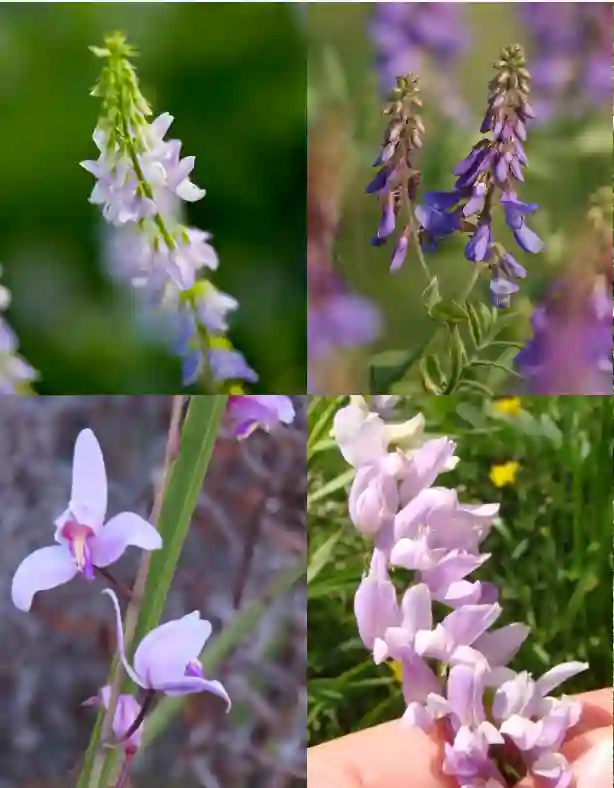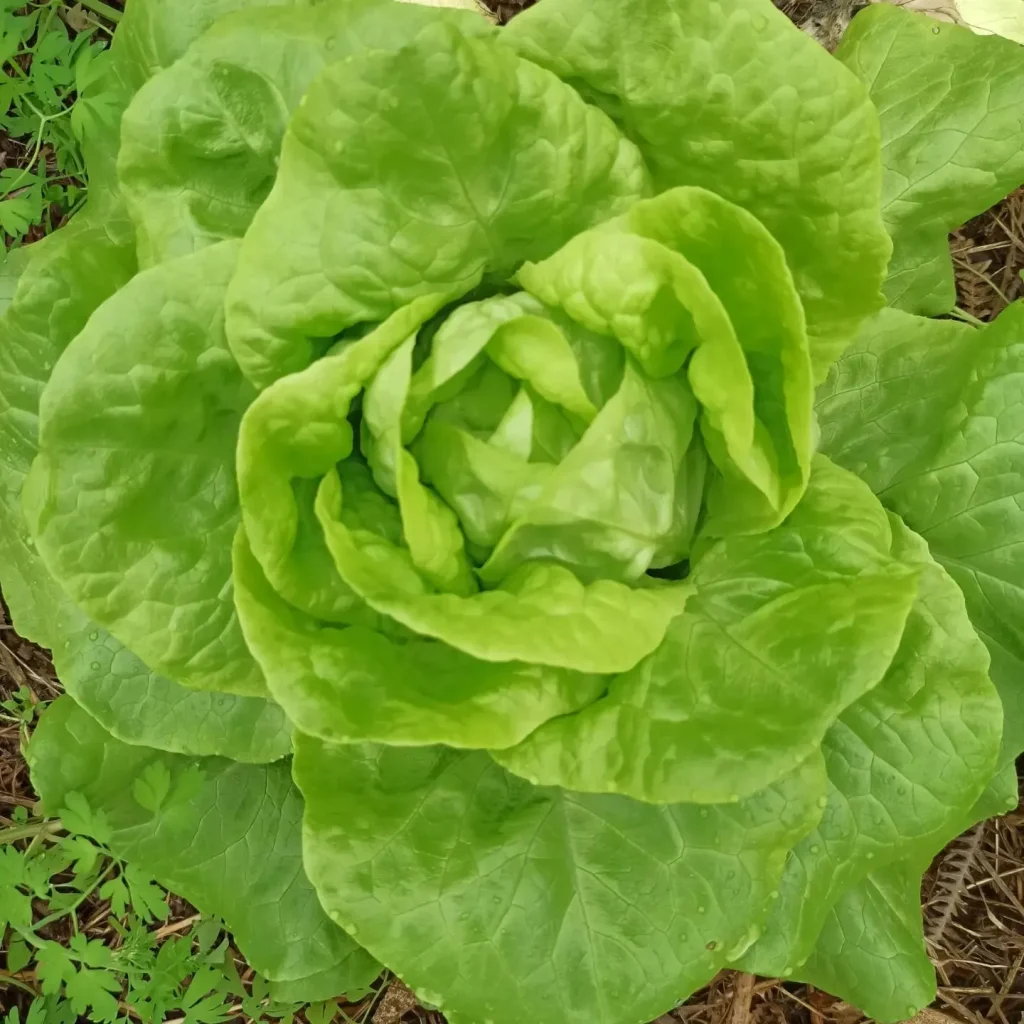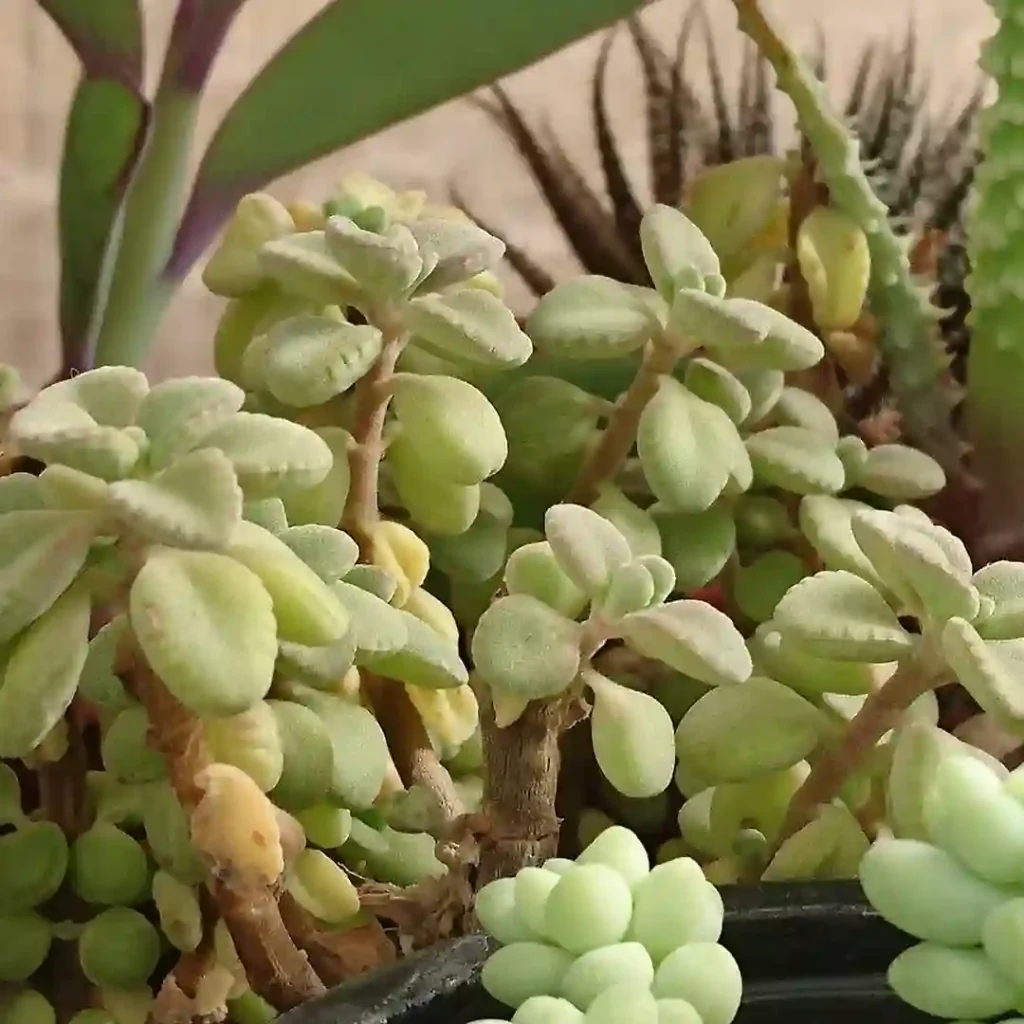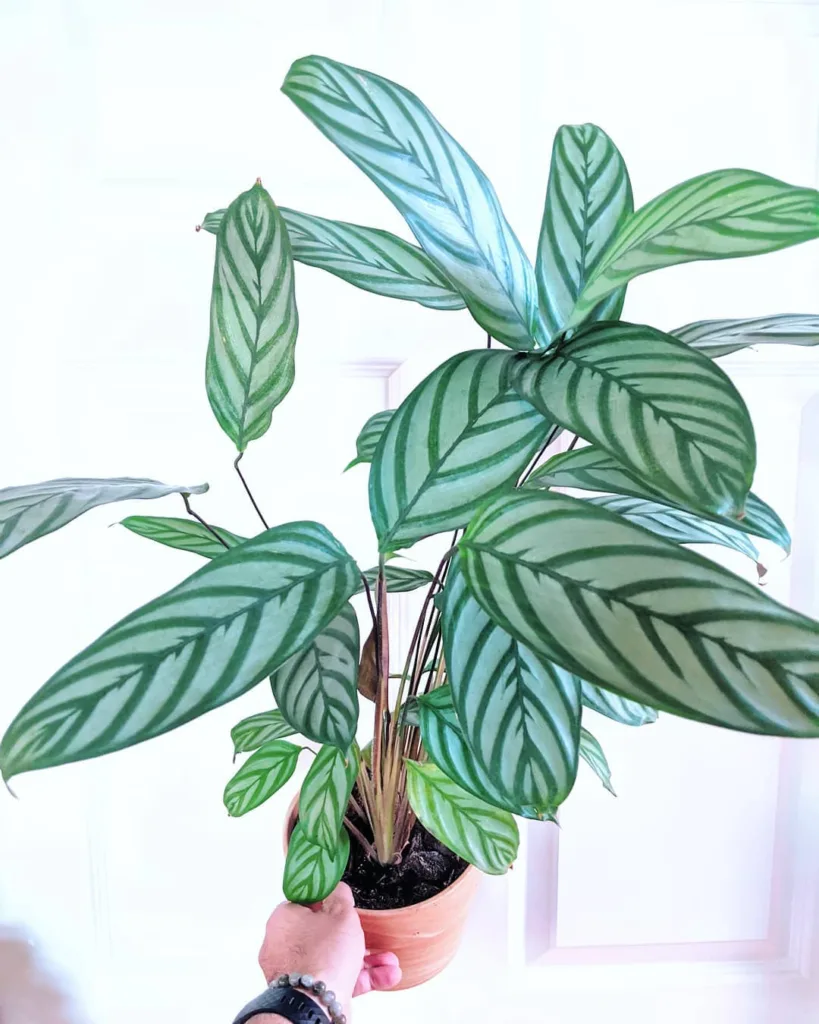
FAQs About Magnolia Soulangeana
Magnolia Soulangeana, commonly known as the Saucer Magnolia, is one of my favorite flowering trees. Its large, fragrant blooms and striking appearance make it a standout in any garden. Here’s a guide to some of the most frequently asked questions about Magnolia Soulangeana based on my experience.
371 Species in Genus Magnolia
Can You Grow Magnolia Soulangeana in a Pot?
Growing Magnolia Soulangeana in a pot is possible, though it presents some challenges. This tree prefers well-draining soil and requires a large pot to accommodate its growing roots. Be prepared to repot it every few years to ensure it has enough space. A pot with good drainage and a mix of quality potting soil will help keep the plant healthy. However, for optimal growth and blooming, planting it in the ground is usually the best option.
How Big Does Magnolia Soulangeana Grow?
Magnolia Soulangeana can reach a height of 15 to 25 feet and spread out about 10 to 20 feet wide. Its size can vary based on the variety and growing conditions. Some dwarf varieties may stay smaller, which is perfect if you have limited space.
How Fast Does Magnolia Soulangeana Grow?
Magnolia Soulangeana is relatively slow-growing. On average, you can expect it to grow about 12 to 24 inches per year. This slow growth means it’s a long-term investment for your garden, but it will reward you with stunning blooms as it matures.
When to Plant Magnolia Soulangeana?
The best time to plant Magnolia Soulangeana is in the early spring or fall. Planting in these seasons allows the tree to establish its roots before the more challenging temperatures of summer or winter. Choose a location with full sun to partial shade and well-draining soil.
How to Care for Magnolia Soulangeana?
Caring for Magnolia Soulangeana involves several key practices:
- Watering: Keep the soil consistently moist but not waterlogged. During hot, dry periods, water deeply to ensure the roots get enough moisture.
- Fertilizing: Use a balanced, slow-release fertilizer in early spring. Avoid over-fertilizing, as it can lead to excessive leaf growth at the expense of blooms.
- Mulching: Apply a layer of mulch around the base of the tree to help retain soil moisture and suppress weeds.
- Pests and Diseases: Watch for common pests like aphids and scale. Magnolia Soulangeana is also susceptible to fungal diseases such as powdery mildew, so ensure good air circulation around the tree.
How to Prune Magnolia Soulangeana?
Pruning Magnolia Soulangeana should be done carefully to maintain its shape and promote healthy growth. The best time to prune is right after it finishes blooming, typically in late spring or early summer. Remove any dead, damaged, or crossing branches to improve airflow and reduce the risk of disease. Avoid heavy pruning, as it can negatively impact the tree’s flowering.
When to Prune Magnolia Soulangeana?
As mentioned, pruning is best done after the flowering season. This timing ensures that you don’t remove buds that will become the next season’s flowers. Regular light pruning can be done throughout the year to maintain shape, but significant pruning should wait until after blooming.
How to Propagate Magnolia Soulangeana?
Propagating Magnolia Soulangeana can be achieved through several methods:
- Seed: Collect seeds from mature cones in late summer or early fall. Cold stratify them for several weeks before planting them in a seed-starting mix.
- Cuttings: Semi-hardwood cuttings taken in late summer or early fall can be rooted in a potting mix with a rooting hormone.
- Grafting: This is a more advanced technique, often used for maintaining specific varieties.
Is Magnolia Soulangeana Evergreen?
No, Magnolia Soulangeana is not evergreen. It is a deciduous tree, meaning it loses its leaves in the fall. However, its large, beautiful flowers in the spring provide a spectacular display before it loses its foliage.
Where Can I Find a Magnolia Soulangeana?
Magnolia Soulangeana can be found at local nurseries and garden centers, especially those specializing in trees and shrubs. You can also look for it at online plant retailers. Make sure to choose a reputable source to ensure you’re getting a healthy specimen.
What to Plant With Magnolia Soulangeana?
Magnolia Soulangeana pairs well with a variety of plants. Consider planting it with:
- Spring Bloomers: Plants like tulips, daffodils, or hyacinths can complement the early bloom of the Magnolia.
- Evergreen Shrubs: These provide year-round structure and contrast to the deciduous Magnolia.
- Ground Covers: Low-growing plants such as hostas or ferns can add texture and fill in around the base.
Can You Grow Magnolia Soulangeana Indoors?
While Magnolia Soulangeana is generally suited for outdoor environments, it’s not well-suited for indoor growing due to its size and light requirements. It thrives best in outdoor gardens where it can grow to its full potential.
Is Magnolia Soulangeana Toxic?
Magnolia Soulangeana is not considered toxic to humans or pets. However, it’s always a good practice to keep any plant out of reach of young children and animals to avoid accidental ingestion.
Common Problems with Magnolia Soulangeana
Some common issues include:
- Leaf Spot: Can be managed with proper watering and fungicides.
- Powdery Mildew: Ensure good air circulation and treat with fungicides if necessary.
- Bud Drop: May occur if the tree experiences stress, such as extreme temperatures or drought.
How Does Magnolia Soulangeana Compare with Other Magnolia Species?
Magnolia Soulangeana is often compared to other Magnolia varieties like Magnolia Stellata or Magnolia Grandiflora. Compared to Magnolia Stellata, Soulangeana has larger flowers but is less hardy. Magnolia Grandiflora, on the other hand, is evergreen and has larger leaves and flowers but requires a warmer climate.
I hope this guide answers your questions about Magnolia Soulangeana and helps you enjoy this beautiful tree in your garden!
If i die, water my plants!



